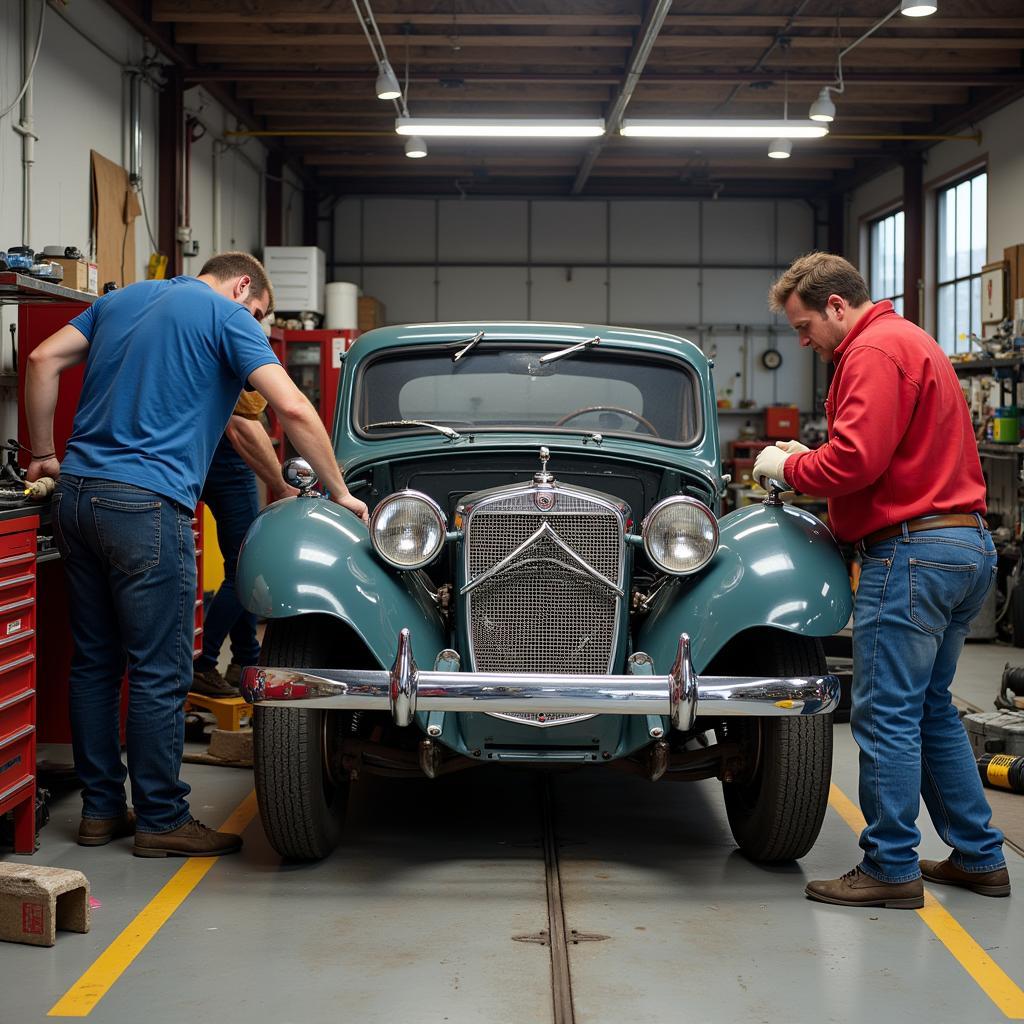Dealing with air chamber issues in your car can be frustrating. Whether it’s a faulty air suspension system, problems with your HVAC system, or something else entirely, understanding the root cause and finding the right fix is crucial for a smooth and comfortable ride. This guide provides comprehensive troubleshooting and repair advice for various air chamber problems in your vehicle.
Understanding Air Chambers in Your Car
Air chambers play a vital role in several car systems, contributing to comfort, safety, and performance. They are essentially sealed compartments containing pressurized air, designed to absorb shocks, regulate temperature, and provide other essential functions. Let’s delve into the common types of air chambers found in vehicles:
Air Suspension Systems
Air suspension systems utilize air chambers (often called air springs or air bags) to replace traditional coil springs. These chambers adjust the vehicle’s ride height based on load and driving conditions, providing a smoother ride and improved handling.
HVAC Systems
Your car’s heating, ventilation, and air conditioning (HVAC) system also uses air chambers. These chambers, often part of the ductwork, help distribute air evenly throughout the cabin, ensuring consistent temperature and airflow.
Other Air Chamber Applications
Air chambers can also be found in other parts of a car, such as brake systems (certain types of air brakes), and some specialized emission control systems. While less common, these applications are equally important for proper vehicle function.
 Air Chamber Locations in a Car
Air Chamber Locations in a Car
Common Air Chamber Problems and Solutions
Identifying the specific issue with your car’s air chamber is the first step towards a successful fix. Here’s a breakdown of common problems and their solutions:
Air Suspension System Problems
-
Leaks: Leaks are a common culprit in air suspension systems. Signs include a sagging suspension and a compressor that runs frequently. Inspect the air springs, lines, and fittings for leaks using soapy water. Repair or replace any damaged components.
-
Compressor Failure: The air compressor is responsible for pressurizing the system. If it fails, the suspension won’t function properly. Check the compressor for power and proper operation. Replace if necessary.
-
Sensor Malfunction: Faulty sensors can provide incorrect readings, leading to improper ride height. Diagnose sensor issues using a diagnostic tool and replace any faulty sensors.
HVAC System Problems
-
Blocked Air Ducts: Restricted airflow from the vents can indicate blocked ducts. Inspect the ductwork for obstructions and clear any blockages.
-
Blower Motor Issues: A malfunctioning blower motor can reduce or completely stop airflow. Test the blower motor and replace it if needed.
-
Blend Door Problems: The blend door controls the temperature of the air coming from the vents. If it’s stuck, you might only get hot or cold air. Diagnose and repair or replace the blend door actuator.
 Air Suspension Leak Detection
Air Suspension Leak Detection
General Air Chamber Troubleshooting Tips
-
Listen for Hissing Sounds: Hissing sounds often indicate an air leak.
-
Check for Visible Damage: Inspect air chambers and related components for any physical damage.
-
Use a Diagnostic Tool: A diagnostic tool can help pinpoint the source of the problem, particularly in electronic systems.
“Regular maintenance is key to preventing air chamber issues,” advises John Miller, a seasoned automotive engineer with over 20 years of experience. “Inspecting your air suspension system and HVAC system regularly can help catch problems early on and prevent costly repairs.”
Air Chamber Fix Car: DIY vs. Professional Repair
While some air chamber fixes can be handled by DIY enthusiasts, others require the expertise of a qualified mechanic. Simple tasks like checking for leaks or clearing blocked air ducts can often be done at home. However, complex repairs involving the compressor, sensors, or electronic components are best left to the professionals.
Conclusion
Addressing air chamber issues in your car promptly is essential for maintaining a comfortable and safe driving experience. Whether it’s an air suspension system problem or an HVAC malfunction, understanding the cause and implementing the correct Air Chamber Fix Car solution will ensure your vehicle performs at its best. Don’t hesitate to contact AutoTipPro at +1 (641) 206-8880 or visit our office at 500 N St Mary’s St, San Antonio, TX 78205, United States for professional assistance.
“Addressing air chamber issues proactively not only enhances your driving experience but also contributes to the longevity of your vehicle’s systems,” adds Sarah Chen, a leading automotive consultant.
 HVAC System Inspection
HVAC System Inspection
FAQ
-
How often should I check my air suspension system? It’s recommended to inspect your air suspension system every six months or 10,000 miles.
-
Can I drive my car with a leaking air spring? It’s not recommended to drive with a leaking air spring as it can compromise handling and safety.
-
How much does it cost to replace an air compressor? The cost varies depending on the make and model of your vehicle but can range from a few hundred to over a thousand dollars.
-
Why is my car’s AC blowing only hot air? This could be due to a stuck blend door, low refrigerant, or a faulty compressor.
-
How can I prevent air duct blockages in my car? Regularly replace your cabin air filter and ensure the vents are clear of obstructions.
-
What are the signs of a failing blower motor? Signs include weak airflow, unusual noises from the blower motor, or no airflow at all.
-
Can I fix a leaking air spring myself? While it’s possible, it’s often recommended to have a professional handle this repair due to the complexity and specialized tools required.





Leave a Reply